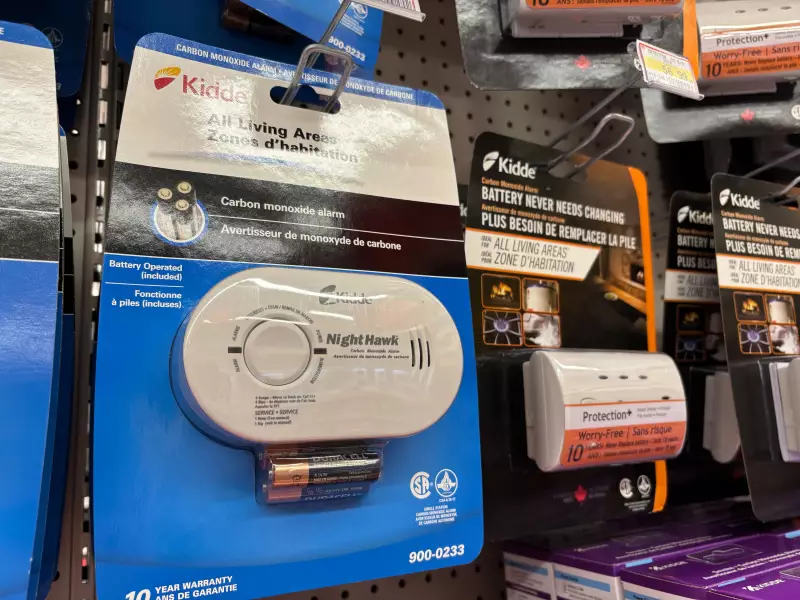
Residents across Ontario are now subject to enhanced safety regulations as the provincial government has introduced significant updates to the Fire Code. The new rules specifically mandate the installation of additional carbon monoxide alarms in residential dwellings, a move aimed at preventing tragic incidents caused by the invisible, odorless gas.
What the New Fire Code Regulations Require
The revised Ontario Fire Code, announced in November 2025, expands the existing requirements for carbon monoxide detectors. The updated code now necessitates alarms in more locations within a home, particularly near all sleeping areas. This change is designed to provide earlier warnings and greater protection for occupants while they are most vulnerable.
Carbon monoxide poisoning poses a serious risk, especially during colder months when furnaces, fireplaces, and other fuel-burning appliances are in frequent use. The new regulations acknowledge this heightened risk and aim to create multiple layers of detection throughout residential properties.
Implementation and Public Response
The regulation changes come after extensive consultation with fire safety experts and emergency response professionals. Fire departments across the province, including in communities like Kitchener, are preparing to educate homeowners about these new requirements during routine inspections and public awareness campaigns.
Local hardware stores, such as Swanson's Home Hardware in Kitchener where carbon monoxide alarms were photographed on November 11, 2025, are expecting increased demand for these life-saving devices. Homeowners are encouraged to check their existing alarm systems and install additional units where necessary to achieve full compliance with the updated Fire Code.
Why This Safety Update Matters
Carbon monoxide is often called the "silent killer" because it's undetectable without proper monitoring equipment. The expanded alarm requirements represent a proactive approach to home safety that could prevent numerous hospitalizations and fatalities each year.
Fire safety officials emphasize that these regulations work in tandem with existing smoke detector requirements to create comprehensive protection for Ontario households. Proper placement and regular testing of carbon monoxide alarms remain critical components of an effective home safety strategy.
Homeowners should consult with their local fire department for specific guidance on compliance timelines and proper installation locations to ensure their homes meet the new standard for carbon monoxide detection.





